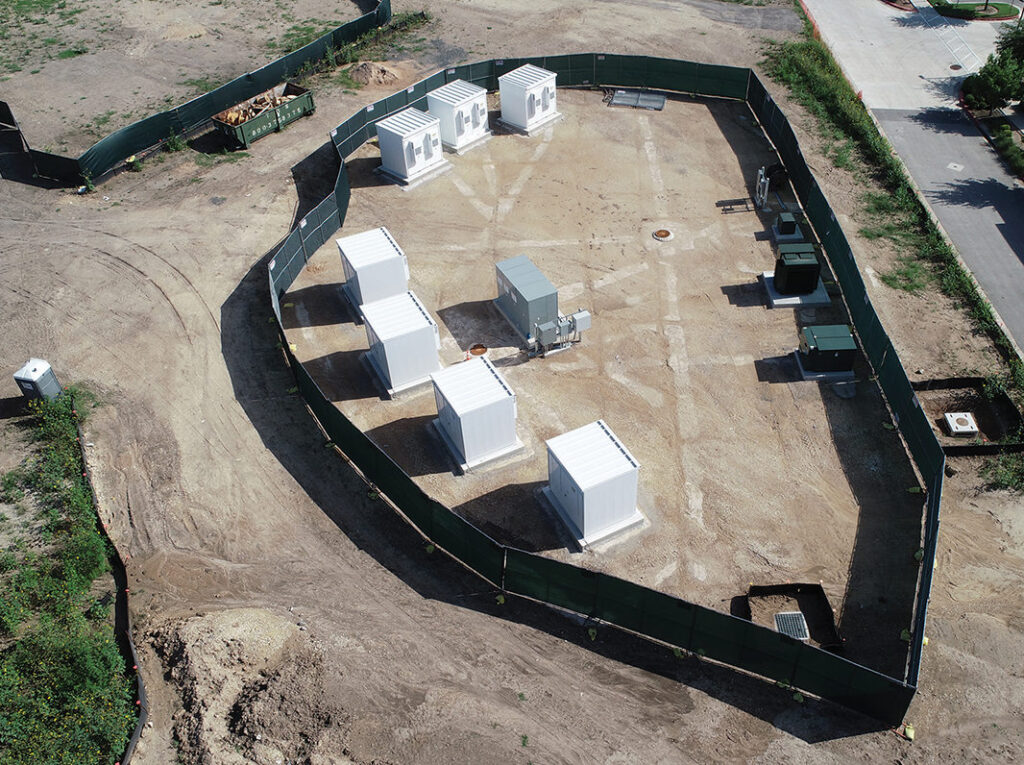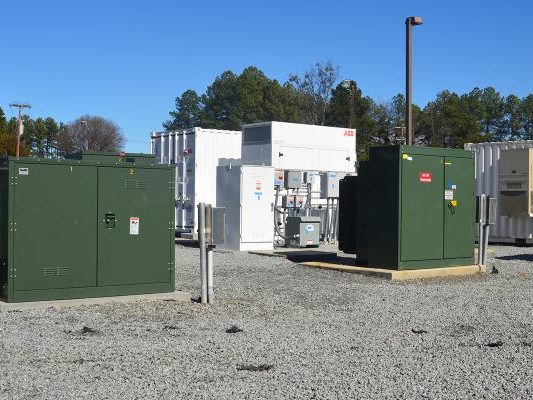Utilities discuss working safely with augmented reality at IEEE ESMO 2019

The same technology that superimposes bunny ears on Snapchat is also changing the fabric of utility workforce operations.
Last month at the IEEE ESMO Convention, representatives from American Electric Power (AEP), Burns & MacDonnell, XR Product Line, Pillar Technologies and Duke Energy shared how utilities are exploring and implementing augmented reality into workforce operations and asset management.
The benefits of augmented reality (AR) are well known to utilities and public services companies, especially in asset operations, training, and situational awareness. More recently, the viability of AR is on the rise with the proliferation of less expensive, but more sophisticated technology.
The timing couldn’t be better with fleets of skilled field workers set to retire in the next handful of years. In 2017, National Grid reported that 20% of its engineering workforce is set to retire by 2022—that’s not an unusual statistic in the industry today.
AR enhanced with AI
AR works by overlaying virtual content over actual locations and objects. Underlying successful AR are advances in computer vision, an artificial intelligence (AI) enabled technology that analyzes, identifies and labels visual content. For familiar context, think of the filters that you use in various apps to overlay bunny ears and makeup onto your selfies. Instead of bunny ears, utility infrastructure and assets, either underground or within structures, can be displayed over the actual landscape.
For AR-based asset management to go over successfully, geolocational data, GIS data, and 2-D or 3-D asset models need to be synchronized and on-point in terms of accuracy. If they are not, the outcome could be disastrous.
Data and models are a bottleneck
According to Nicholas Saunders, Senior Engineer at AEP, the conversion of 3-D CAD models into AR solutions presents a major challenge. For one, it is difficult to ensure original levels of detail from original engineering models. In this respect, utilities can take some influence from the gaming industry, where developers create the same model with multiple levels of detail.
But then there is the challenge of real-time updates and having conflicting field models versus reported models. Like working in Sharepoint or Dropbox, individual computers are not synced to the cloud 100% of the time. The proliferation of 5G networks will alleviate latency issues where utilities choose to invest, but in the short term, there are safety risks that utilities need to be mindful of when information on hand for field workers may not be accurate.
Navigating cultural acceptance of AR is complex
How utilities are planning around change management and cultural acceptance of AR will influence its long-term success in the market. According to Zach Wassen of Burns & MacDonnell, the same principles of analytics application development apply to emerging AR applications. Namely, get buy-in at the front end by engaging users from the very start of the project ideation and development process.
This approach worked well at Duke Energy, according to Rodney James, Technology Development Manager at Duke’s Emerging Technologies office. Duke Energy is an early adopter of AR and has been testing the technology for several years in partnership with the Electric Power Research Institute. “We would have what we thought was the use case,” he says, “and then approach potential users with that hypothesis, and spend a lot of time going back and forth.”
By doing so, Duke could set clear expectations for delivery while preparing users. At the same time, the company was able to identify “power users”, or champions of the technology that could build awareness and support wider acceptance.
Notwithstanding, participants admitted that understanding how humans interact with and successfully navigate within AR environments is difficult, especially given the evolving nature of the technology itself, and how people behave alongside it.
It’s not likely that AR will ever fully supplement the type of hands-on work that can be done by field engineers with a career of work behind them—even the most sophisticated AI cannot supplement years of experience on the job. But AR will make work safer and more efficient and will be important to fill necessary gaps in the workforce today.
Lauren Callaway is a Senior Content Manager at Informa





